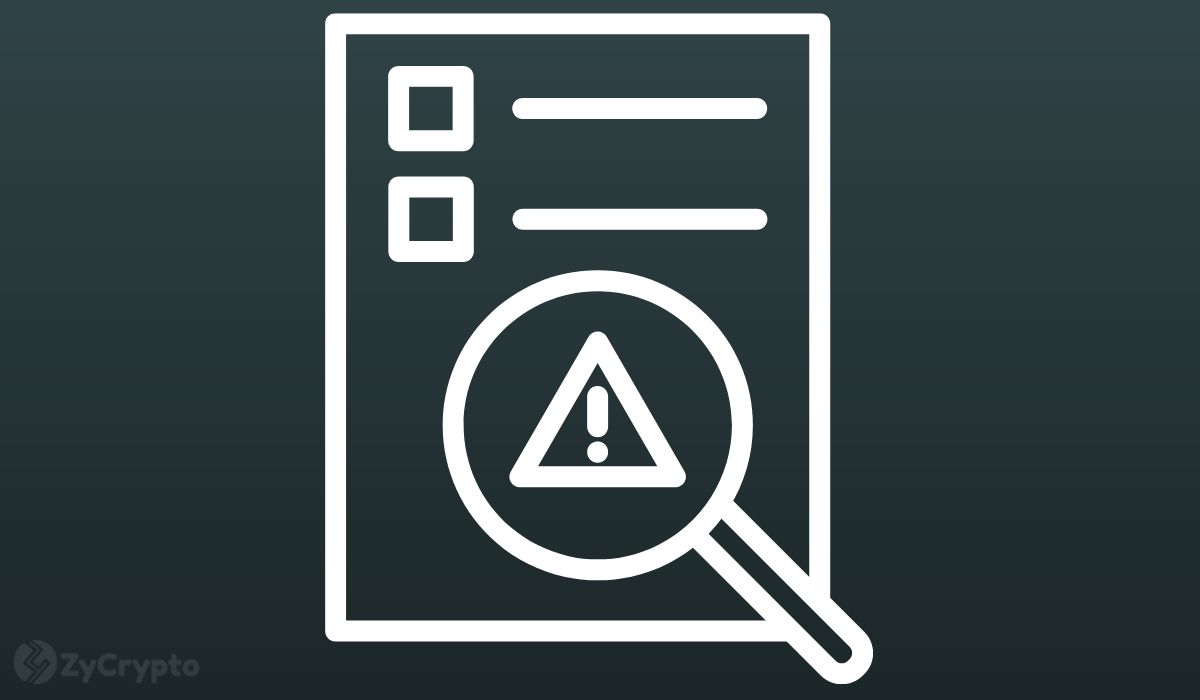The Bank of England’s Deputy Governor for Financial Stability, Sir Jon Cunliffe, warned regulators to have a grasp now and not later on the systemic consequences that may arise from the rapid growth of the crypto markets.
He was speaking at the 17th Annual Association for Financial Markets in Europe (AFME) conference in London on September 20, 2022, under the theme: “Innovation in post-trade services – opportunities, risks and the role for the public sector”.
Sir Cunliffe pointed out the challenge of formulating regulation after disruptive digital technologies are already at play. Sir Cunliffe said: “Regulators need to begin extending existing standards and regulatory regimes to crypto before not after it (..is..) becomes systemically important. And done carefully, the development of regulatory regimes helps not hinders innovation by reducing the risks of confidence-destroying crashes and by giving innovators a framework within which to innovate”.
He pointed out that the rapid growth of the crypto markets had resulted in greater interconnection with the conventional financial system. He further noted that the greater impact on the traditional financial system would arise from the transfer of technologies from the crypto world into the global capital markets, impacting market infrastructure, trading, clearing, settlement, and custodial processes.
“Cryptoasset exchanges have collapsed a large number of activities into a single smart contract undertaking activities that, in conventional securities trading, are split across custody banks, exchanges, central counterparties and central securities depositories. Where, in the conventional trade and post trade chain there are layers of entities performing specific functions, in the crypto world the functions in the chain can be brought together in a single smart contract”, Sir Cunliffe said.
Sir Cunliffe said that regulators need to identify opportunities and risks presented by emerging crypto technologies. He pointed out that developments in the crypto world could benefit the current post-trade architecture and business models through the consolidation of functions. Potential benefits include reduced operational costs, lower fees and better system uptimes.
“But recognising the opportunity does not mean that we should ignore the risks, any more than we ignore the risks in the existing structures. We need to ensure that new approaches deliver the same level of resilience that we expect for the existing system. In short, we need to ensure the same regulatory outcome even where changes in technology and business model mean that we have to find different ways of achieving it” he further said.
He acknowledged that technological innovations over the years resulted in more profound, liquid, and efficient financial markets. “Close engagement between the private sector and public authorities will be crucial to ensuring we reap the benefits while managing the risks”, he concluded.







